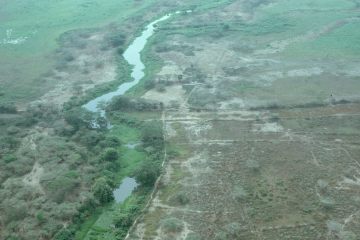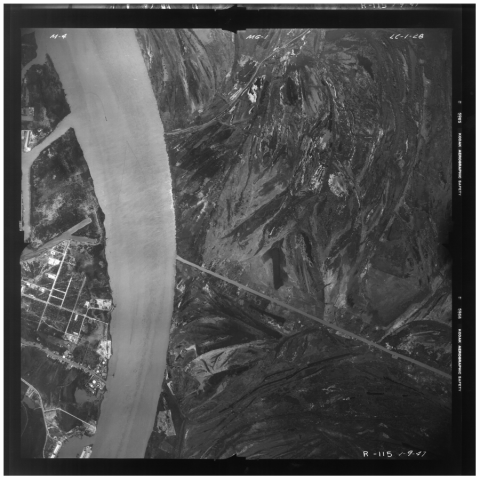https://doi.org/10.1016/S0022-1694(00)00269-9
Magdalena river discharges 228 km3 of water annually, or on the average 7200m3s−1, into the western Caribbean based on 21 years of daily data, 1975–1995. The mean sediment load for the Magdalena is 144×106 tyr−1, corresponding to a sediment yield of 560 tkm−2yr−1 for the 257,438 km2 basin. Magdalena is the largest river discharging directly into the Caribbean Sea, and it has the highest sediment yield of any medium-sized or large river along the entire east coast of South America. Magdalena sediment load is well correlated with water discharge (R2=0.76). Regression of water discharge on the Southern Oscillation Index (SOI) shows that 69% of the variability of the Magdalena streamflow is explained by the SOI, with high discharge occurring during La Niña phase and low discharge during El Niño phase. Cross-spectral analysis between Magdalena discharge and the SOI indicates an average recurrence interval of 3.0 years with a coherence, Y2=0.90, and that the discharge anomaly is in phase with the SOI anomaly. Analysis of time series of sediment load, 1975–1995, indicates that la Niña phase is characterized by a sediment load as high as 1600×103tday−1. Sediment load is also correlated with SOI with a coefficient of variation of R2=0.54. Clearly, the Magdalena water discharge and sediment load are strongly coupled to the El Niño-La Niña cycle.




